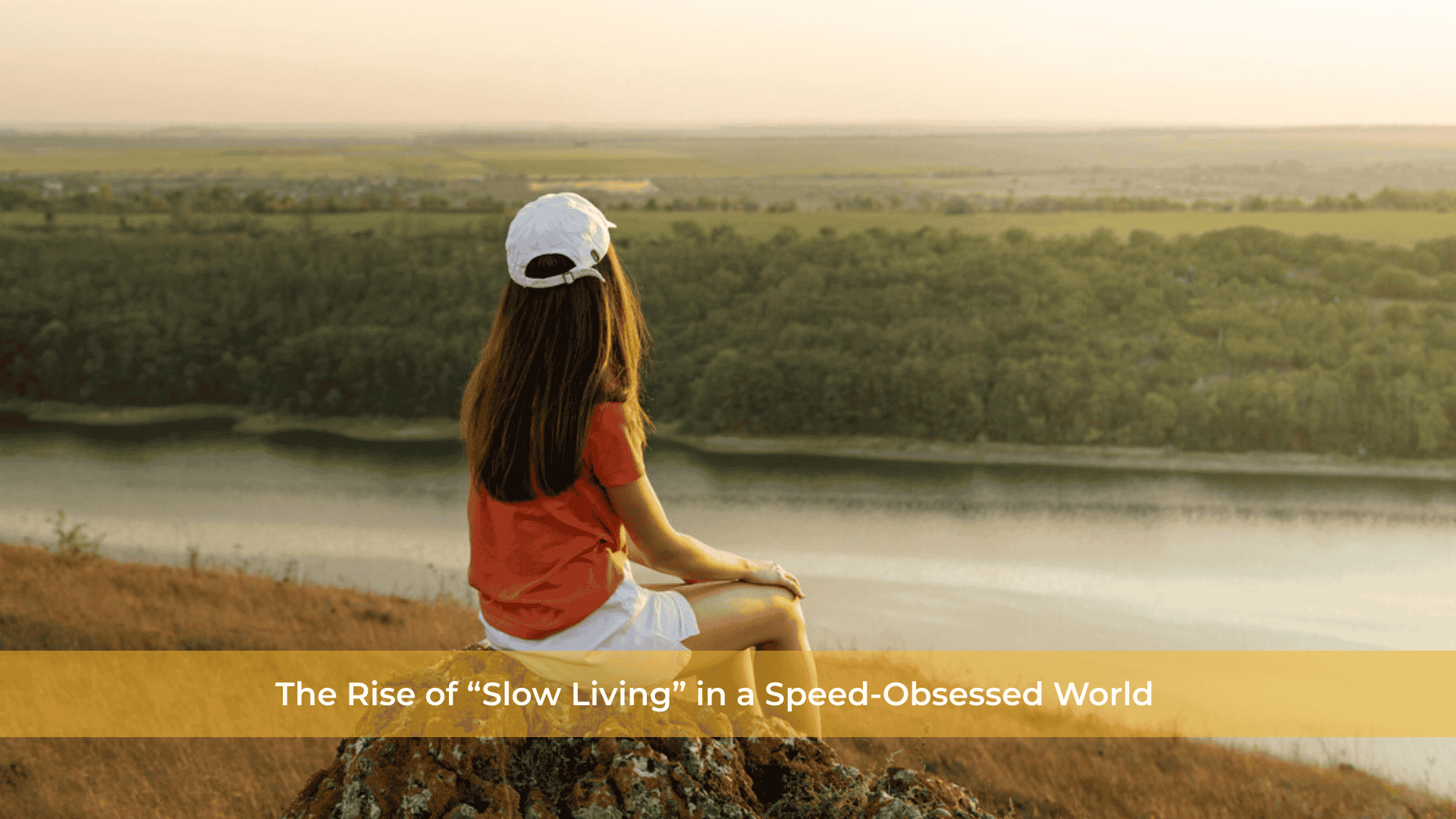In an era of instant gratification, back-to-back Zoom meetings, and the pressure to be “always on,” a quiet revolution is gaining ground—the slow living movement. Rooted in intentionality and mindfulness, slow living offers an antidote to the frantic pace of modern life by encouraging people to savor moments rather than rush through them.
What Is Slow Living?
Slow living is more than just a lifestyle—it’s a mindset. It emphasizes:
- Quality over quantity
- Presence over productivity
- Connection over convenience
Whether taking time to enjoy a meal, spending an afternoon offline, or simplifying your daily routine, slow living invites individuals to tune out the noise and reconnect with what matters.
Why Now?
Several global shifts have fueled the rise of slow living:
- The Pandemic Reset: COVID-19 forced millions to slow down, reassess their priorities, and discover the value of a slower pace.
- Burnout Culture: Rising stress levels and mental health concerns have made people question hustle culture.
- Digital Overload: Constant notifications and screen time have created a craving for offline moments.
- Sustainability: Many slow-living advocates embrace minimalism, zero-waste living, and eco-conscious choices.
Key Elements of the Slow Living Movement
1. Mindful Consumption
Being intentional about what you buy, from clothing to groceries. Fewer items, better quality.
2. Digital Boundaries
Limiting screen time, practicing digital detoxes, and making space for real-world experiences.
3. Slower Routines
Prioritizing morning rituals, slow meals, journaling, and hobbies that bring joy.
4. Connection to Nature
Spending more time outdoors, gardening, or simply walking in green spaces.
5. Saying “No”
Rejecting overcommitment and learning to protect your time and energy.
Slow Living Isn’t Laziness—It’s Intentional Living
One common misconception is that slow living means being unproductive or idle. In reality, it’s about doing fewer things but doing them better—with presence, care, and intention.
It’s not about abandoning ambition but redefining success more humanly.
How to Start Living Slowly
- Begin your day without immediately checking your phone.
- Eat meals without multitasking.
- Dedicate time to a hobby or creative project.
- Spend 15 minutes in silence or nature.
- Declutter a space in your home or calendar.
- Try a “no plan” weekend” to be.
Small shifts can create a profound impact.
Conclusion
Choosing to slow down is a radical act in a world that values speed. The rise of the slow living movement shows that many are ready to trade burnout for balance and constant motion for meaningful stillness.
It’s not just dropping out of life—it’s about not showing up for it.

